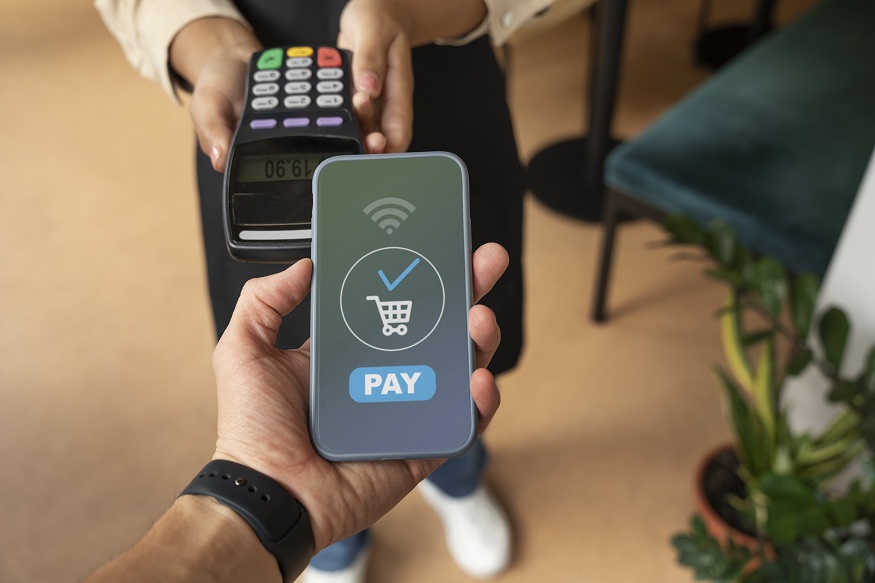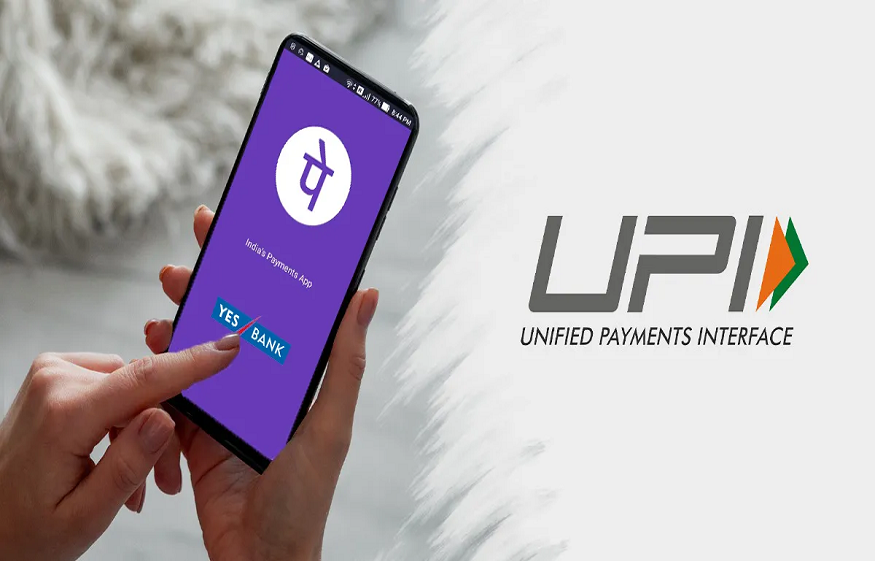In today’s digital age, financial transactions are undergoing a revolutionary change, reshaping how individuals and businesses handle money. At the heart of this transformation is India’s Unified Payments Interface (UPI), and the emergence of Instant UPI Apps that integrate these payment systems seamlessly into our daily lives. Understanding this evolution can illuminate the impact these technologies have on the economy and our personal finance habits.
Understanding UPI: A Revolution in Digital Payments
Introduced in 2016 by the National Payments Corporation of India (NPCI), UPI has become a cornerstone in India’s cashless economy. The idea was simple yet transformative: create a system where money transfers could occur instantly between banks using a smartphone. This innovation swept through India, rapidly making traditional banking methods seem as outdated as handwritten letters in the age of email.
Why UPI?
The appeal of UPI lies in its simplicity and efficiency. Users can transfer funds 24/7 without the need for bank details. All they need is a virtual payment address. This system has brought banking to millions of unbanked citizens, democratizing finance and fostering inclusivity. Moreover, it has reduced the dependency on cash, a significant step forward for a country with a historically cash-driven economy.
The Rise of Instant UPI Apps
While UPI itself was a leap forward, the introduction of Instant UPI Apps has been akin to switching to a high-speed bullet train. These apps are designed to integrate the UPI’s functionality with enhanced features, ease of use, and additional services such as bill payments, ticket bookings, and investment options.
Key Features of Instant UPI Apps
- User-Friendly Interfaces: These apps focus on providing a seamless user experience, making digital transactions accessible even to those who are less tech-savvy.
- Security Enhancements: With multi-factor authentication and end-to-end encryption, these apps focus on maintaining high security standards to protect user data and transactions.
- Integrated Services: Beyond mere funds transfer, Instant UPI App offer a wide range of services including recharges, utility payments, and investments, providing a comprehensive financial platform in a single app.
- Rewards and Cashbacks: To encourage usage, many apps offer incentives such as cashback and discounts, which have proven popular among users looking to maximise value.
How Instant UPI Apps Are Changing Everyday Payments
The integration of Instant UPI Apps into daily life is profound, influencing consumer behaviour and business operations in significant ways.
Consumer Behaviour
Remember the days when forgetting your wallet at home meant a quick trip back to retrieve it? Now, it’s all about whether you’ve charged your smartphone. Instant UPI Apps have made mobile phones our primary mode of transaction, minimising the need to carry cash or cards.
Consumers now enjoy the ease of making small to large transactions seamlessly, from buying vegetables from a local vendor to paying for dinner at a restaurant. According to the NPCI, by 2023, UPI transactions had crossed billions, reflecting the vast adoption and trust in digital payments.
Business Operations
For businesses, especially small and medium enterprises (SMEs), Instant UPI Apps have offered an efficient, cost-effective alternative to traditional payment systems. They enable businesses to offer a cashless experience, attract tech-savvy customers, and reduce the overhead associated with cash handling.
Moreover, Instant UPI Apps provide valuable insights into consumer spending habits, allowing businesses to tailor offers and services effectively. In retail, for instance, digital payments have transformed checkout processes, reducing wait times and improving customer satisfaction.
The Future of Digital Payments: Challenges and Opportunities
Opportunities
The future of UPI and Instant UPI Apps looks promising. As technology evolves, opportunities for further innovation are vast:
- Integration with IoT: Imagine a refrigerator that orders and pays for groceries autonomously. Instant UPI Apps could easily integrate with such IoT devices, offering unparalleled convenience.
- Expansion to Global Markets: While UPI is currently prominent in India, there is potential for expanding to global markets, offering a model for efficient, inclusive digital payments worldwide.
- Enhanced Personal Financial Management: Instant UPI Apps could evolve to offer advanced financial management tools, helping users budget, save and invest more effectively.
Challenges
However, challenges remain. Cybersecurity threats continue to pose significant risks. As digital transactions increase, so do opportunities for fraudsters. Continuous investment in security technologies and user education is essential.
Furthermore, the reliance on smartphones and internet access can create barriers for segments of the population in areas with poor connectivity. Bridging this digital divide must be a priority to ensure inclusive growth.
Real-World Analogies
Consider UPI and Instant UPI Apps as the Swiss Army knife of the digital payment world. Just as a Swiss Army knife combines multiple tools in a compact form, these apps offer a multitude of financial services all within the user’s grasp. This analogy highlights their multifunctionality, utility, and convenience in modern financial management.
Recent Statistics
Reflecting on the impact, recent data shows that as of 2023, UPI accounted for over 60% of retail digital payments in India. The ubiquity of Instant UPI Apps has driven this growth, with a significant number of users making their first digital transaction via platforms like Google Pay, PhonePe, and Paytm. This widespread adoption mirrors a broader global trend where mobile payments are projected to exceed USD 2 trillion by 2025.
Conclusion: The New Normal in Payment Solutions
UPI and Instant UPI Apps have not merely added convenience to financial transactions; they have redefined them. As digital payments become deeply woven into the fabric of daily life, the line between technology and money continues to blur, promising a future where financial transactions are not only fast and secure but also intelligent and insightful.
For businesses and consumers alike, embracing this shift is not just advantageous—it’s necessary. The digital economy waits for no one, and those agile enough to adapt will reap the benefits. Whether you’re a tech enthusiast or someone just getting acquainted with digital payments, exploring these systems and leveraging their full potential could transform your financial transaction experiences. Continue to stay informed, stay secure, and above all, enjoy the convenience and possibilities that modern payment systems bring to our lives.




